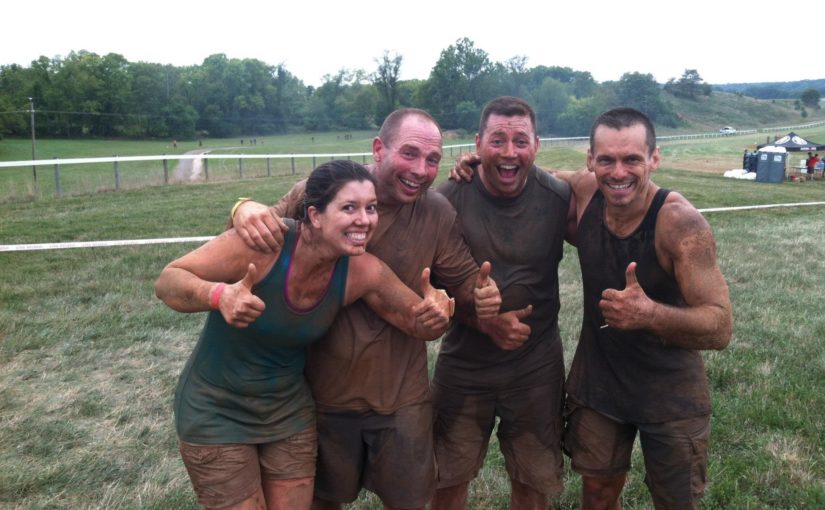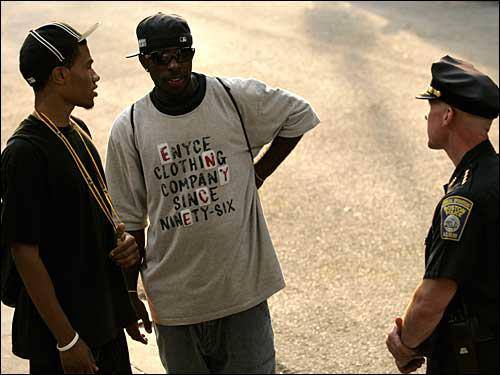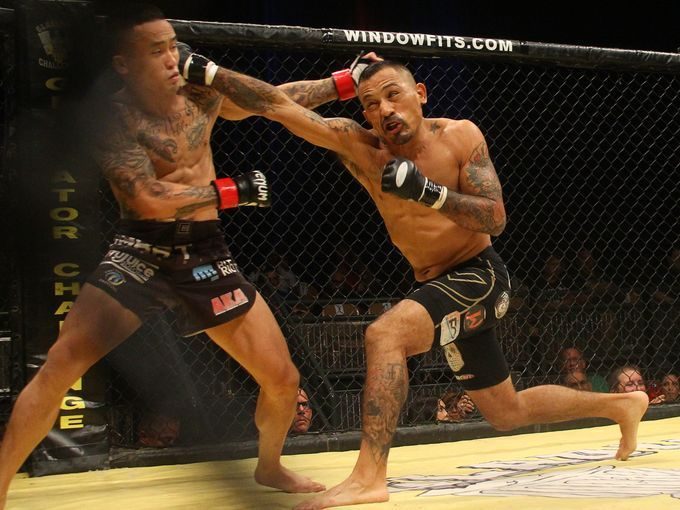Mark Hatmaker is one of our excellent contributors and a true professional, he is the author of numerous books and a highly respected practitioner. Mark is the founder of Extreme Self Protection, a company that compiles, analyses, and teaches unarmed combat methods. He lives in Knoxville, Tennessee. – Garry.
ERIK: I read an interview with you by Richard Dimitri where you talk the concepts of randomness and complex systems as opposed to set systems, fixed curriculum, and dogmatic answers in domains in relation to Self-Protection and more.
I view a Domain as an environment where specific rules, factors, and variables apply. For example, a biker bar in Texas is a Domain which differs from a college bar frequented by MIT students which is another Domain. Both of these Domains are bars, yet the individual “rules” of behavior differ and so do the consequences of breaking the rules.
I view set systems, fixed curriculum, and dogmatic answers as Closed Systems that are designed to “work” in a specific Domain under certain predefined variables. A Domain can also be a dojo or a martial arts competition.
A Closed System doesn’t take into consideration differing Domains, and thus provides a static (fixed) “solution” to a given “problem”. For example, if someone does X, you do Y, regardless of the Domain (environment) you are in.
I define Closed Systems that correspond to Simple Domains (few variables and factors to consider) to be Simplistic Systems.
The opposite of a Simplistic System is a Complex System. A Complex System is open to change and constantly evolving. It corresponds to a Complex Domain with many variables and factors including randomness to consider.
In terms of Self-Protection, applying a Simplistic System solution to a Complex Domain problem can have disastrous consequences.
My question is: How would you relate what I have just described in terms of your own views on Systems and Domains?
MARK: Good question, Erik. Before I get started, to make sure we’re on the same page with my idiosyncratic phrasing. I use the term “environment” for differing physical surroundings (the physical terrain indoors or out), “culture” for the human element or “attitude” of the environment, and “domain” to refer to fields of knowledge (biology and physics being two separate domains within the overall schema of science).
In your given bar example I would assess the given environment (exits, improvised weapons, etc.), allow the culture to determine my level of presumed readiness (me being less heightened in the MIT culture and a bit more cautious in the biker bar-with no slight to bikers or MIT students, simply playing to type for our discussion-rightly or wrongly.)
My curious use of the term domain will not apply here.
In a perfect world, I will have already presented myself with a myriad of potential self-protection tactics that I have drilled in isolation-that would be my nod to complexity. But this skill set means nothing without culling the tactical herd, so to speak.
After the complex drill sets educated in sterile conditions I would then have placed myself (and clientele) through a series of chaos drills we call The Outer Limits (60+ drills before overlays take it into the 100’s). We allow the drills to “set the personally tailored curriculum.”
We have found, that The Outer Limits allows each individual to strip the excess chaff/baggage of learned tactics down to what will actually emerge for each given individual, this culling usually manifests in seeing two heaping handfuls of go-to tactics idiosyncratically “forced” onto each individual. That is, what is my go-to may not be yours and vice versa.
Once we have simplified the complex and sterile we continue the drill sets to see how often we can make this culled arsenal apply and manifest in an ever growing variety of environments and cultures.
In a nutshell, we drill complexity at the outset to get to simplicity that has a high overall application value.
ERIK: I think my use of the term Domain maybe confusing since as you said a domain can be considered a field of knowledge.
So, I am using Domain = environment + culture. Maybe it is clearer to use Environment = environment + culture and my use of System is more of a subset of your domain. Do you see that?
The way I understand your methodology, you provide the Student with a large number of movements/techniques/tactics to determine which ones the Student has a natural inclination to use. Using the Chaos/Outer Limits is the filtering process that eliminates the majority of M/T/T leaving a customized set. The point being is that this is what the person will naturally do, so don’t teach them stuff they aren’t going to do anyway, correct?
I would call this customized set a Customized System.
Now that the System has been created, you apply the System in different Environments (environment + culture) to make sure the System is complex enough to handle multiple Environments. If it fails in
certain Environments, then you then modify the System in order to make it work in that Environment.
The end result is that different Students have different Systems that they apply in multiple Environments. But the goal is to keep the System simple to use as opposed to complicated.
That it?
MARK: Bingo, sir!
ERIK: The reason for all the terminology is so that we can be on the same page.
MARK: Agreed, sir.
ERIK: Here is a quote from Rory Miller
“If you are teaching self-defense, you are teaching students, not subject matter. This is the hallmark difference between self-defense and martial arts. When I am teaching martial arts, I am teaching a system that has been handed down for many generations, and I have an obligation to teach certain things to a certain standard, in a certain way. When I am teaching martial arts, I am teaching a subject.
When I am teaching self-defense, I am teaching students. Every single student is different. They have different brains and bodies. “
QUESTION: How would you expand upon or interpret it in terms of your teaching philosophy?
MARK: I see a marriage of the two in my approach. I don’t teach from dogma or set canon (and I’m not implying that Mr. Miller is either). What we do here is less teach than coach and where that may sound like hair-splitting to some I see a stark distinction.
If I were to “teach” I would be handing down set formulas and incontrovertible axioms.
Coaching allows me to give exposure of broad categories to the athlete and then observe their own varying attributes-we then coach, push, prod, cultivate the individual’s use of the general movement to a (hopefully) better fit with their own talents and abilities.
ERIK: I have always liked the idea of coaching rather than instruction because coaching implies that it is the student’s responsibility to learn whereas teaches implies it is the teacher’s responsibility to make sure the student learns. Could you expand more on how you coach students?
MARK: In a nutshell, we have a conversation to see what the athlete’s goals are, then we tailor a preliminary plan to start along that goal path using a few pre-sets. All the while we pay attention to how the athlete moves and responds to the material and make adjustments along the way for individual attributes. We tweak and add material where it seems wise and just as importantly we remove and cull where possible as reducing exposure to downside effects is often just as important (if not more so) than gaining new material.
Two examples to illustrate what I mean by emphasizing reducing downside as opposed to upside.
In self-defense/street work-In response to a query along these lines “What if I were in a biker bar and it goes bad?”
First, the less often you have to be in a given biker bar known for outbreaks of violence the less you have to work tactics that may or may not work when chaos hits. Where initially the query seems to want the upside of this or that self-defense tactic to respond to street-evil, the counter is to question the wisdom of continuing exposure to possible violence.
Yes, I am aware that we can’t reduce such exposures to nil, but we are a bit less than honest if we spend more (or all) of our time on how to respond in a fight that may never happen and little to no time on what we can do every day about being aware of practices and environments with increased risk.
Reduce downside and upside automatically increase.
In the sportive aspect. Let’s say I’ve got a new athlete and his footwork is a mess. Rather than belabor him with the dozen-points of solid footwork he or she needs to keep in mind to become more fluid, I will find one and only one negative aspect and say “Hey, let’s do it again but no matter what, I do not want to see that rear foot come off of the ground.”
Once we’ve killed that downside habit there is an automatic upside gain-stability, we move on to the next downside to be culled.
It’s sort of a negative injunction “Thou shalt not…” athletic approach but handled point by point rather than throw all of the concepts against the wall at one time leading to cognitive overload.
Part 2 to follow in December.
For more from Mark please go to www.extremeselfprotection.com/










